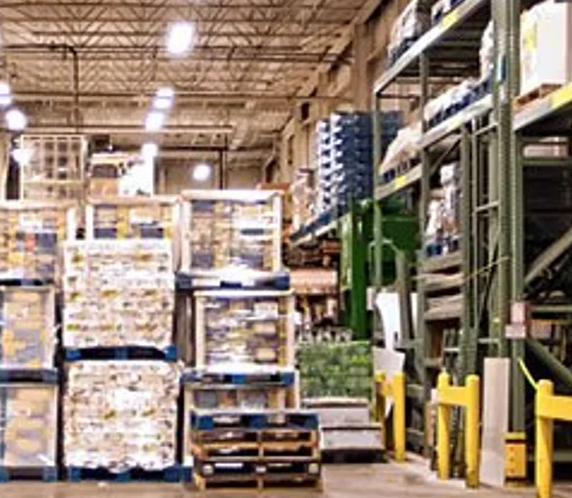
Rotomolding Technologies: Driving Plastic Production Forward
Are you currently amid those ability to hear a whole lot about Rotational Molding or Rotomolding but don’t have got a very clear understanding of what exactly it is? Look no further than this thorough information, as we is going to take you thru the procedure, background, materials, advantages, and applications of rotational molding in more detail.
Rotomolding, also called Rotomolding, is a developing method used to create hollow plastic material components. This method is proper for creating big, complex, or seamless pieces that might be tough to develop utilizing other producing processes. Let’s discover Rotomolding detailed.
History of Rotational Molding
Rotational molding traces its beginning back to the 1940s in The european union, where it absolutely was initially employed to produce dolls and baby playthings. Within the 1950s, a couple of companies created kayak seats using this procedure, as well as over time it become making bigger and a lot more sophisticated pieces.
Rotational Molding Process
Rotomolding is actually a four-stage procedure. Initial, the raw material in powder form is jam-packed in a fungus, and the fungus is covered. Second, the mildew is warmed up and rotated horizontally or vertically around two perpendicular axes. Next, the content melts and coats the interior from the mildew. Finally, the mold cools down, along with the portion is ejected.
Components Found in Rotational Molding
Polyethylene (PE) is easily the most widely used fabric in Rotomolding due to the cost-usefulness, affect level of resistance, and suppleness. Many other materials like Nylon, Polypropylene, Polycarbonate and Pvc material could also be used according to the software and properties needed.
Great things about Rotational Molding
Rotational molding provides several advantages such as:
(i) Price-performance: Rotomolding delivers faster creation routine periods, which results in reduced effort costs, tooling charges, and cycle times.
(ii) Design and style Flexibility: Rotomolding can develop complex, effortless, or multi-layered parts, rendering it an excellent procedure for custom made components patterns.
(iii) Longevity: The parts created via Rotomolding are long lasting, deterioration-resistant, and safe from weathering and UV radiation.
Applications of Rotational Molding
Rotomolded elements are employed in a wide array of industries and applications, which include car, agriculture, construction, and leisure gear. Frequent Rotomolded merchandise consist of normal water tanks, gas tanks, playground gear, storage containers, and kayaks.
Summary:
Rotational molding, also known as Rotomolding, is a method that has been around for many years and has proven to be incredibly functional, delivering many pros over other production strategies. With this comprehensive guide, we now have demystified the Rotomolding process, history, resources utilized, pros, and apps. Learning the basic principles of Rotomolding will help you evaluate if it’s the proper manufacturing process for your forthcoming project.